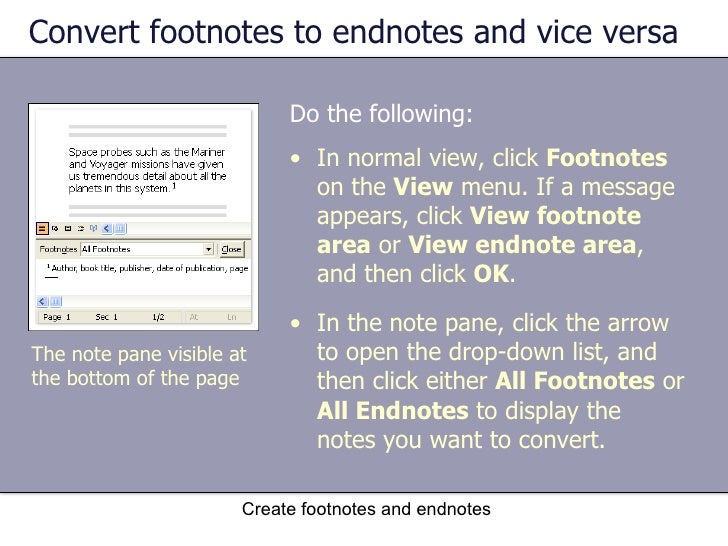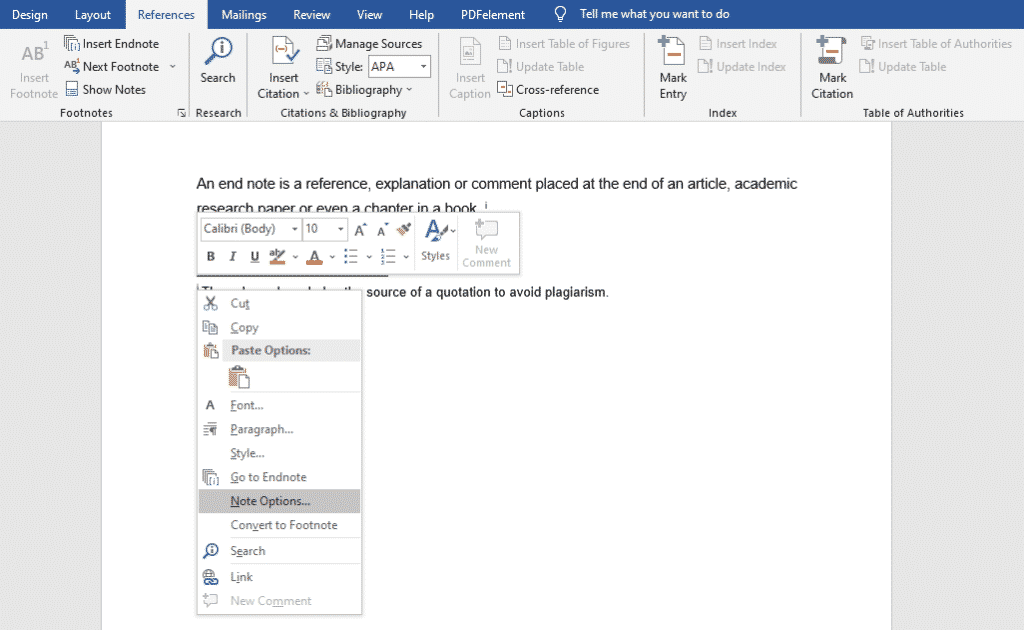

(This is when the actual conversion occurs.)

Now, all footnotes within this whole document have been displayed at the bottom pane as following screenshot shown: Note: If there are both footnotes and endnotes in your. Then, go on clicking References > Show Notes, see screenshot: 3. Hold down the Shift key as you click at the end of the last endnote.
:max_bytes(150000):strip_icc()/005-inserting-footnotes-in-word-document-3540270-888e4fb2b10644d2a77271d9dee5db2b.jpg)
(The actual endnote text, not the reference in the main body of the document.) Scroll to the end of the endnotes, so you can see the last one on the screen. Position the insertion point just before the first endnote. Word displays the Footnote and Endnote dialog box. Open the word document that you want to view all footnotes, and then click View > Draft, see screenshot: 2. Open the copy and convert all the footnotes to endnotes. Click the small icon at the bottom-right of the Footnotes group.That puts a little superscript number, of course, up here. Display the References tab of the ribbon. I am going to click my cursor to the right of the text that I want to add a footnote for, and then up here, on the REFERENCES tab, I am going to click Insert Footnote.To convert all your footnotes to endnotes, follow these steps: Open the document contains comments you will convert to footnotes or endnotes, press the Alt + F11 keys to open the Microsoft Visual Basic for Applications. The below VBA codes can help you quickly convert all comments in current document to footnotes or endnotes. This is a common occurrence to meet the needs of different audiences-some prefer footnotes, and some prefer endnotes. Convert comments to footnotes or endnotes with VBA code. If you have a document that includes many footnotes, you may need to convert all those footnotes to endnotes. Footnotes and endnotes are an important part of many documents.


 0 kommentar(er)
0 kommentar(er)
